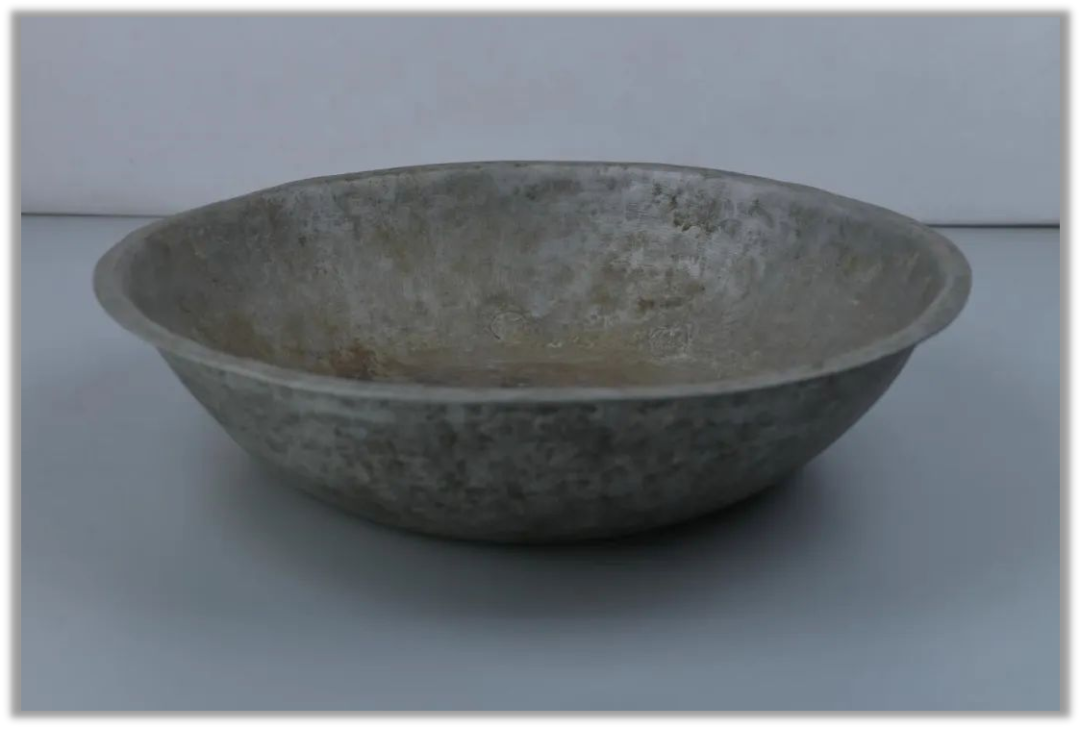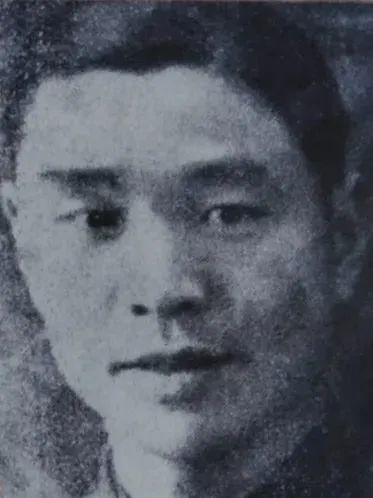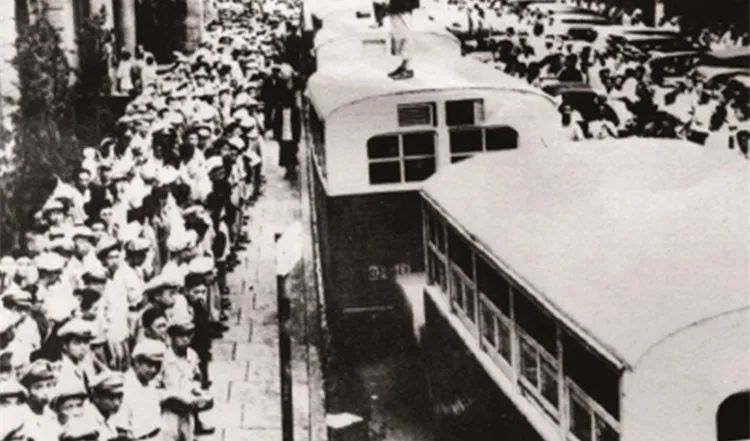编者按:时值建党百年,为实现党建联动区域化、促进党史教育机制化,上海外国语大学与上海龙华烈士陵园举办签约共建仪式,开展建党百年专题活动,引导广大青年在学思践悟中传颂先辈故事、坚定理想信念。上外英院龙陵青年志愿服务队从译介角度进行实践,讲演中国共产党人的革命故事,积极推广文化译介新理念,助力红色文化“走出去”。
朗读者:2019级本科生 陈治羽

图为1946年顾伯康自制的盆(口径44cm)
这是顾伯康用日寇飞机残骸亲手制作的脸盆。质地为铝合金,银灰色。外侧和盆底各有两处补丁,补丁直径分别为20厘米、10厘米。
This silver-grey aluminium alloy basin was made by Gu Bokang from the wreckage of a Japanese airplane. There are two patches on the outside of the basin and two more at the bottom, measuring 20 and 10 centimeters in diameter respectively.

图为顾伯康像
顾伯康(1910-1949),浙江诸暨人。1948年3月考入上海公交公司当司机。同年9月被推选为公交公司员工福利会理事。1949年初,在公交职工要求当局发放“应变费”的斗争中,他所在的枫林桥营业所率先进行罢工。2月16日遭逮捕,17日牺牲于江湾刑场。
Gu Bokang (1910-1949), born in Zhuji, Zhejiang Province, was admitted to Shanghai Public Transport to be a bus driver in March 1948. Later in September, he was elected a member of Employee Welfare Association of the company. At the beginning of 1949, his Fenglinqiao Office led the strike of public transport workers to urge the authorities to pay the "emergency compensation", which other factories duly paid their employees to cover the additional cost of living during the times of difficulties. Gu was arrested on February 16th, and killed at Jiangwan Execution Ground a day after.

图为解放前上海公交公司工人开展斗争
抗日战争爆发后,顾伯康眼见大哥在田间务农时被日寇残忍杀害,心中萌生了奋起抗日、保家卫国的决心。为了谋生,顾伯康学习了汽车修理,在同行中修车技术高超。据顾伯康儿子顾正义回忆,“汽车抛锚,我父亲只需拿一个铁棒放引擎上附耳一听,便知毛病出在哪里”。
During the War of Resistance against Japanese Aggression, after witnessing his elder brother, who was doing farm work in the field, being killed brutally by the Japanese invaders, Gu Bokang made up his mind to fight against the Japanese and defend his Motherland. To make a living, he learned to repair automobiles, standing out among his peers for his remarkable skills. As Gu Bokang's son Gu Zhengyi recalls, "Only by listening to the sound of an iron bar placed on the engine, Father could tell which part of a car went wrong."
正因为有这样的好技术,顾伯康毅然投军,考入军政部汽车修理厂,当上了一名汽车修理兵,在安徽、江西、贵州、云南等地从事战事物资运输。最危险的是在云南滇缅公路运输多年,九死一生,也立了不少功,后来升任安徽芜湖第三修理厂厂长。
With such excellent skills, Gu Bokang joined the army resolutely. He became a repairman in the garage of the Ministry of Military Affairs, which was in charge of transporting war materials in Anhui, Jiangxi, Guizhou, Yunnan, and other places. He was responsible for the transportation on the Burma route for many years. The many near-death experiences did not deter him from making great contributions during the time. Later, he was promoted to the director of the Third Garage in Wuhu, Anhui.
1946年,顾伯康在任厂长期间,用抗日战争中击落的日寇飞机机翼残骸,亲自制作了一个日用脸盆。后来这个脸盆一直放在顾家使用并保存。其子顾正义说:“我记得脸盆有几处修补的洞孔,可能是日机中弹的痕迹。”从这个脸盆上留存的斑斑弹孔可遥想当年战事的激烈程度,抗战之惨烈可想而知。顾伯康将机翼残骸制作成日用品留存在家中,或许也有不忘国耻的意思。
This basin was made during those days. Gu used it daily since then. Gu Zhengyi said, "I remember that there were bullet holes of the shot-down plane on the basin." The holes were evidence of the intensity of the fighting and the ferocity of the war. By turning the enemy plane wreckage into an everyday object, Gu Bokang warned the generations to come: Do not forget our national shame, the history of us being invaded.
1994年,因上海市龙华烈士陵园续建工程需要,筹建办工作人员与顾伯康烈士家属取得联系,顾伯康烈士遗孀周慧彬将这个珍藏的脸盆捐赠。
In 1994, Zhou Huibin, Gu's widow, donated this basin for exhibition at the Longhua Martyrs Cemetery.
(中文作者:傅旭雨)
红色文物是百年党史的见证,镌刻党和人民英勇奋斗的光荣历史,无声讲述先辈们的初心和信仰;红色文物是中华文化的重要载体,彰显中国共产党在长期奋斗中所形成的精神财富。默默见证中华民族的苦难历史与光辉时刻。
一寸山河一寸血,一抔热土一抔魂。英华学子牢记初心使命,高举党的旗帜;讲述先烈文物,传承红色基因。
我要评论 (网友评论仅供其表达个人看法,并不表明本站同意其观点或证实其描述)
全部评论 ( 条)